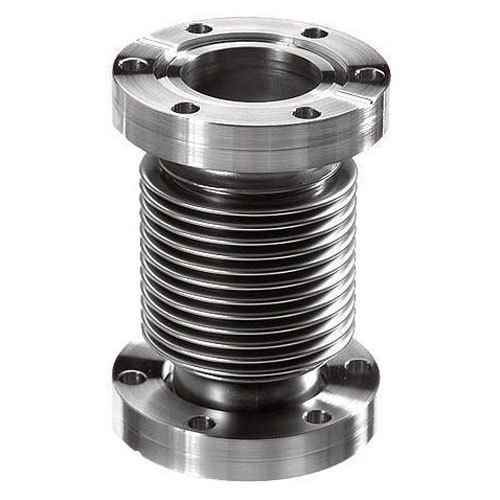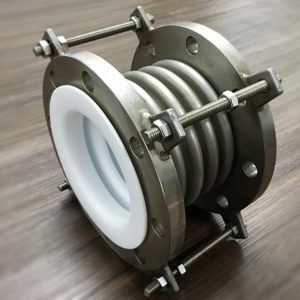Metal expansion joints (also called compensators) are compensating elements for thermal expansion and relative movement in pipelines, containers and machines. connectors at both ends, and tie rods that depend on the application. They are differentiated according to the three basic types of movement: axial, angular and lateral expansion joints. Expansion joints have usage in various sectors, like energy production, paper industry, chemical industry, water treatment, oil and gas. Expansion joints can be used wherever thermal movements or vibration occurs in pipelines.
In modern expansion joints, the metal bellows are often produced with a so-called multi-ply design. To increase both flexibility and stability, multiple thin plies of metal are layered to form the bellows walls. There are two basic design types: The multi-ply and the multi-walled bellows structure. The multi-ply structure consists of a pressure-tight, longitudinally welded outer and inner cylinder of stainless steel. In between these cylinders is an open, spiral cylinder which forms multiple plies depending on the design. The multi-walled structure consists of several concentric, longitudinally welded cylinders. Each cylinder forms a pressure-tight and closed “wall”.



